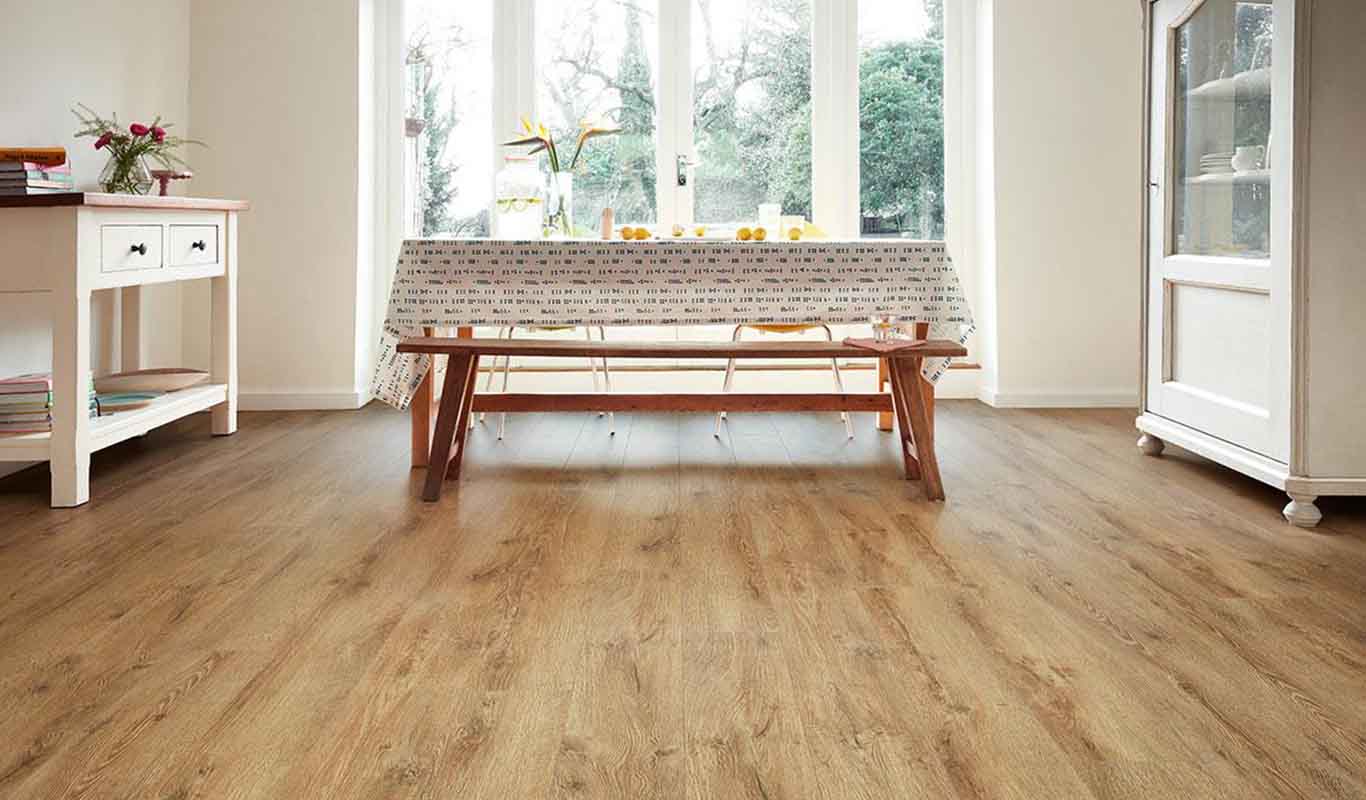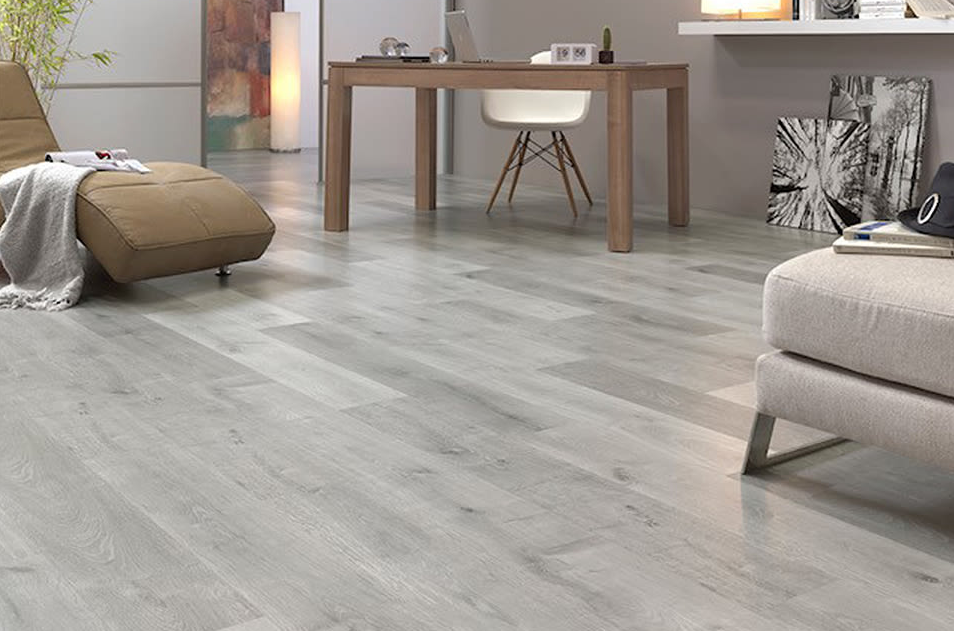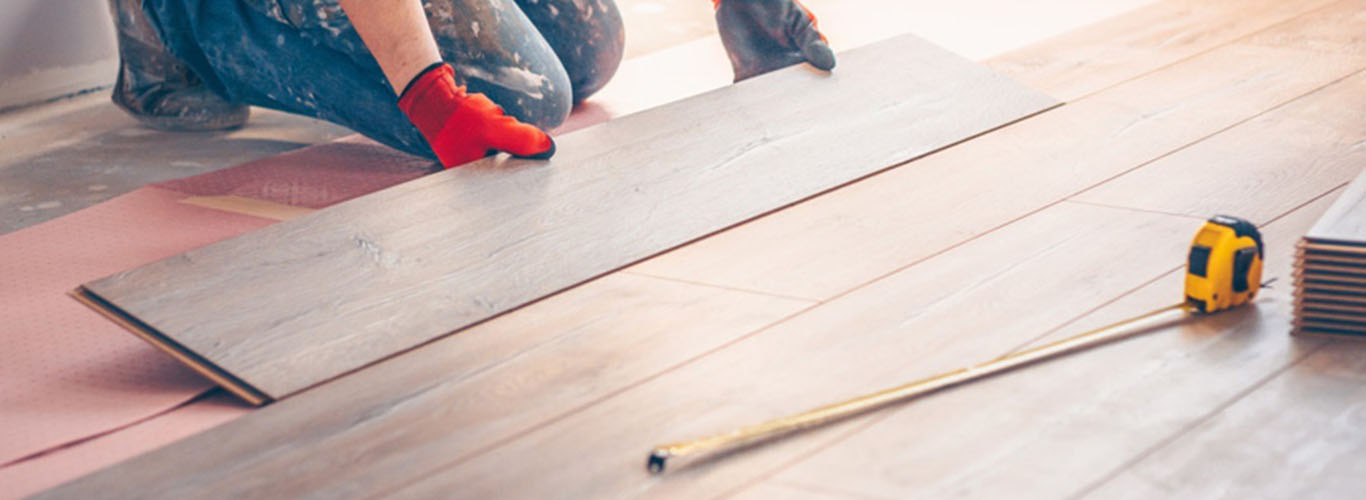
Order by phone 0121 433 3389
- FREE Samples
- Lowest Price
- Fast Delivery

Order by phone 0121 433 3389
All Carpets include FREE Fitting & FREE Delivery : Prices start from £3.99 m2

Laminate flooring is a popular and affordable option for those who want the look of hardwood floors at low costs. However, installing laminate flooring can be a daunting task for DIY enthusiasts and first-time installers. From preparing the subfloor to laying the planks and adding finishing touches, there are many steps involved in the process.
In this blog, we’ll guide you through each step of the laminate flooring installation process with tips and tricks to help you achieve a professional-looking result. Whether you’re installing laminate flooring in a bedroom, living room, or kitchen, this guide will help you get started on the right foot.
Before installing laminate flooring, several important factors must be considered to ensure that the installation process goes smoothly and the flooring looks and functions great for years to come. Here are a few things to consider:
Budget: Determine your budget for the flooring project, including the cost of materials, installation, and any necessary tools or accessories.
Room Type: Consider the room where the flooring will be installed. Laminate flooring is suitable for most rooms but may not be the best choice for high-moisture areas like laundry rooms or bathrooms.
Subfloor: Ensure the subfloor is level, dry, and free of any debris before installing flooring. Any bumps or imperfections in the subfloor can affect the final result.
Underlayment: Consider installing an underlayment beneath the laminate flooring to provide cushioning, soundproofing, and moisture protection.
Traffic: Consider the amount of traffic the room will receive. Choose a laminate flooring with a wear layer that is suitable for the level of foot traffic in the room.
Colour and Style: Choose a laminate flooring colour and style that complements the room’s decor and your personal taste.
Installation Method: Choose the appropriate installation method for the laminate flooring, whether click-and-lock or glue-down.
Maintenance: Take the maintenance requirements into account, including cleaning and care instructions.
Feel Free To Get In Touch With Us To Get A Quote Over Different Laminate Flooring Service

Acclimatising laminate flooring is an important step in the installation process to prevent expansion or contraction of the planks after installation. Here’s how to properly acclimate laminate flooring:
Store the flooring in the room where it will be installed: Place the unopened boxes of laminate flooring in the room where it will be installed. Leave the boxes unopened for at least 48 hours to allow the planks to adjust to the room’s temperature and humidity.
Maintain room temperature: During the acclimation period, maintain the room temperature at the same temperature that the room will be after installation. This will help the flooring adjust to the temperature and humidity of the room.
Maintain room humidity: During the acclimation period, maintain the room humidity at the same level that the room will be after installation. This will help the flooring adjust to the humidity of the room.
Stack the boxes: Stack the boxes of flooring horizontally on top of each other. This will allow air to circulate around the boxes and help the planks adjust to the room’s temperature and humidity.
Inspect the planks: After the acclimation period, inspect the planks for any warping, bowing, or other defects. If you notice any issues, return the defective planks to the manufacturer before installation.
When laying the laminate flooring, it’s important to ensure that the site conditions are ideal to ensure that the flooring looks great and functions well. Here are some ideal site conditions to consider:
Ensure that the moisture levels in the room are within the acceptable range for laminate flooring. Excessive moisture can cause the flooring to warp, buckle, or cup. Use a moisture meter to test the moisture levels in the room before installation.
Ensure that the subfloor is level, dry, clean, and free of any debris. Any bumps or imperfections in the subfloor can affect the final result of the laminate flooring.
Ensure that the room temperature is within the recommended range for the laminate flooring. Sudden changes in temperature or humidity can cause the flooring to expand or contract, leading to gaps or buckling.
Allow the flooring to acclimate to the humidity and the room temperature for at least 48 hours before installation. This will ensure the same humidity level and temperature for the flooring and the room, which can prevent expansion or contraction after installation.
Ensure that the lighting in the room is sufficient to inspect the flooring during installation. Proper lighting can help you identify any imperfections or issues before they become bigger problems.
Ensure that the room has proper ventilation to prevent the buildup of moisture and humidity. Use fans or open windows to ensure proper ventilation during installation.
Feel Free To Get In Touch With Us To Get A Quote Over Different Laminate Flooring Service

The method of installation for laminate flooring depends on the type of locking system used by the manufacturer. However, here are the general steps for installing laminate flooring:
Quick Links
Categories
Address:
1428 Pershore Road Stirchley Birmingham B30 2PH
Mobile:
0121 433 3389
Email:
contact@jjsonline.co.uk
Copyright 2024 | JJ's Flooring | All rights Reserved.
Order in Confidence with Secure Online Payments
We accept all major credit & debit cards.